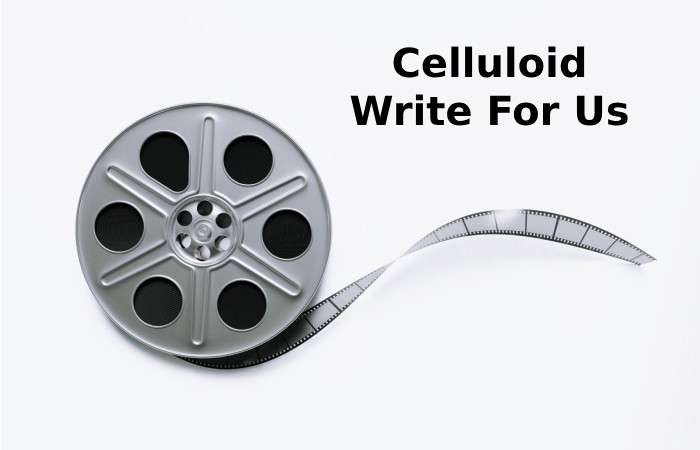Celluloid Write For Us
Celluloid is a type of plastic material that was first created in the mid-19th century and played a significant role in the history of photography and film. It was invent in 1869 John Wesley Hyatt . It was initially developed as a substitute for ivory in producing billiard balls, commonly made from elephant tusks: Hyatt’s Celluloid combined cellulose, a natural polymer found in plant cell walls, and camphor. We welcome contributors searching for Celluloid write for us, Celluloid guest posts, and submit posts to write on Myfavouriteceleb.com.
Essential Points About Celluloid
Here are some key points about Celluloid:
Composition:
Celluloid is primarily composed of cellulose nitrate, a type of cellulose that has been chemically modified with nitric acid and camphor. The addition of camphor makes Celluloid pliable and moldable when heat, allow it to shape into various forms.
Early Uses:
Celluloid quickly found applications beyond billiard balls. It was used to make photographic film, enabling the development of portable cameras and the growth of the motion picture industry. Celluloid film stock was used for many early films.
Flammability:
One significant drawback of Celluloid is its high flammability. Celluloids are highly combustible and easily catch fire, making them a safety hazard. There were several fires in early movie theaters cause thru celluloid film reels. It led to safer film materials in the early 20th century.
Historical Significance:
Celluloids played a pivotal role in the development of photography and cinema. It made motion pictures and photography more accessible to the masses and donated to the growth of the entertainment industry.
Decline:
Celluloid film began to be replace by safer and more stable film stocks in the early 20th century, such as safety film made from cellulose acetate. Celluloid itself saw a decline in use due to its flammability and instability. Modern plastics and synthetic materials have largely supplanted Celluloid in many applications.
Collectibles:
Despite its decline in use, Celluloid remains of historical interest and value. Antique celluloid objects, such as toys, jewelry, and various novelties, have become collectibles and now come after by collectors.
Environmental Impact:
Celluloids are not biodegradable and can release harmful gases when it deteriorates. As a result, its use has been largely discontinued in favor of more environmentally friendly materials.
How to Submit Your Articles?
To submit guest posts, please study through the guidelines mentioned below. You can contact us finished the website contact form or at contact@myfavouriteceleb.com
Why Write for My Favourite Celeb – Celluloid Write For Us

- If you write to us, your business is targeted, and the consumer can read your article; you can have huge exposure.
- This will help in building relationships with your beleaguered audience.
- If you write for us, the obvious of your brand and contain worldly.
- Our presence is also on social media, and we share your article on social channels.
- You container link back to your website in the article, which stocks SEO value with your website.
Search Terms Related to Celluloid Write For Us
- Nitrocellulose
- Camphor
- Table tennis balls
- guitar picks
- Collodion
- Cellulose
- Nitric acid
- Solvent
- Shellac
- Ivory
- Photographic film
- Acetate films
- Accordions
- Bakelite
- Catalin
- Roly-poly
- Smokeless powder
- Parker Brothers
- Veneer
- Slide rules
Search Terms for Celluloid Write For Us
Celluloid Write for us
Guest Post Celluloid
Contribute Celluloid
Celluloid Submit post
Submit an article on Celluloid
Become a guest blogger at Celluloid
Celluloid writers wanted
Suggest a post on Celluloid
Celluloid guest author
Article Guidelines on My Favourite Celeb – Celluloid Write For Us
The author cannot be republished their guest post content on any other website.
Your article or post should be unique, not copied or published anywhere on another website.
The author cannot be republished their guest post content on any other website.
You cannot add any affiliates code, advertisements, or referral links are not allowed to add into articles.
High-quality articles will be published, and poor-quality papers will be rejected.
An article must be more than 350 words.
My Favourite Celeb allows articles related to Bollywood, Hollywood, Entertainment, Celebrity Bio, Fashion, News, etc.
You can send your article to contact@myfavouriteceleb.com

